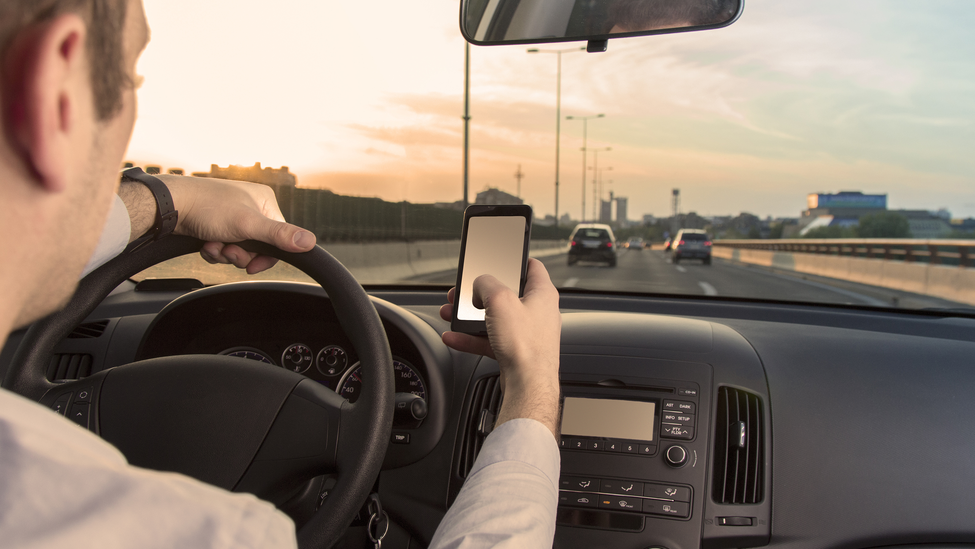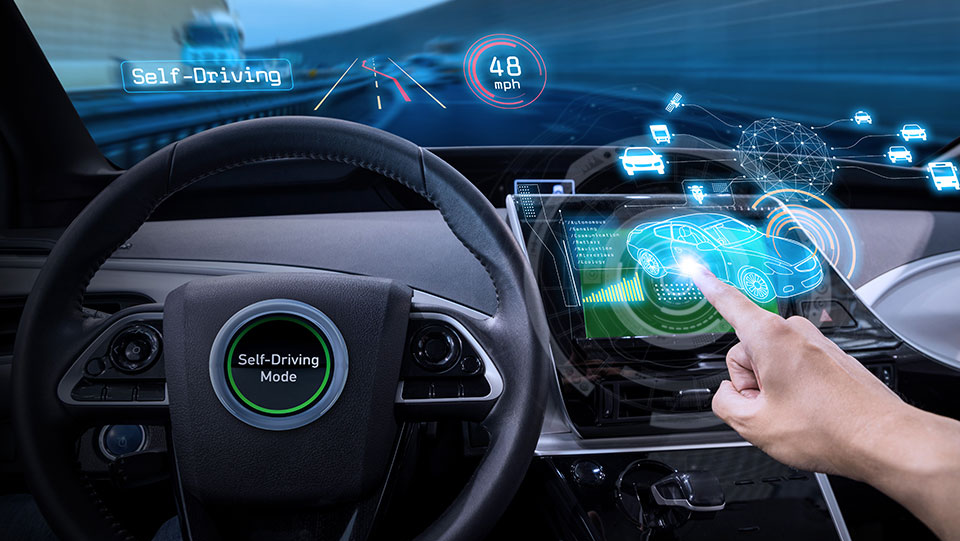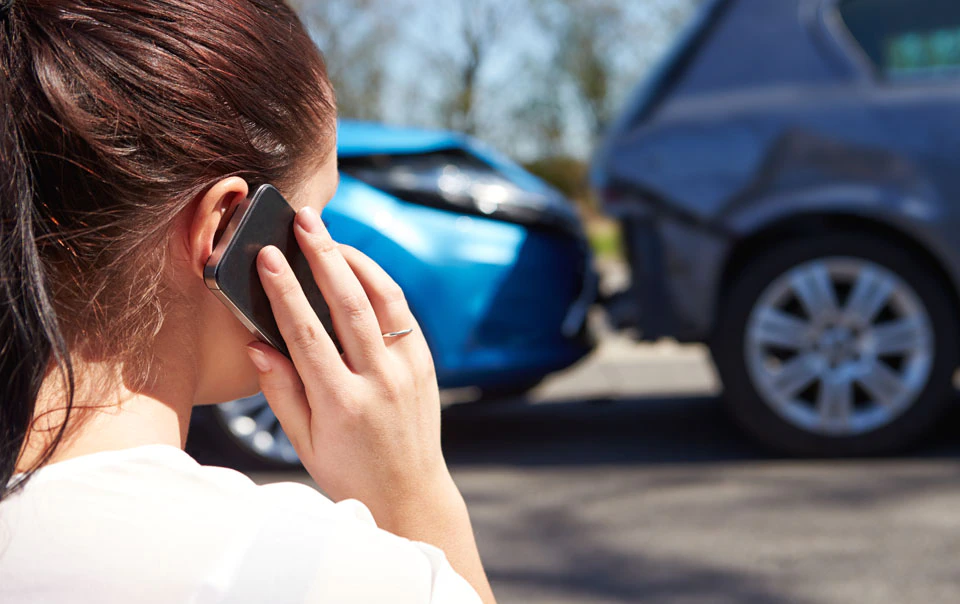3-Second Rule for Safe Following Distance
Rear-end collisions are the most common accidents between vehicles.1 They occur when drivers do not have enough time to perceive and react safely to slowing or stopped traffic. Increasing your following distance can help give you time to react when someone brakes in front of you.
(DESCRIPTION)
Chris Hayes, Travelers Safety Specialist.
(SPEECH)
CHRIS HAYES: Timing is everything, and when you're on the highway, every second counts.
(DESCRIPTION)
Text, The “3 Second Rule” that Can Save Your Life. Hashtag Think Safe. A car follows another car with about two car links between them.
(SPEECH)
We usually think of stopping in terms of space, but what really matters is time. It takes about 1 and 1/2 seconds to notice a potential risk in front of you, and another 1 and 1/2 seconds to react, hit the brakes, and slow down. So you want to give yourself at least 3 seconds between the car in front of you and your vehicle.
To measure, wait for the car ahead of you to pass a set object-- tree, road sign, light pole, any clear marker will do. After it passes, start counting 1,001, 1,002, 1,003. If you reach that same object before you reach 3, you're too close.
(DESCRIPTION)
A warning sign appears on the diagram with arrows showing the amount of distance 1.5 seconds is in between the two moving vehicles. A second photo appears of a foot stepping on a brake pedal showing that another 1.5 seconds is needed to stop before hitting the car in front of it.
Of course, this 3-second baseline is right for a car in normal driving conditions. Driving in bad weather, add one more second. Driving an SUV, add another second. If you're driving a commercial vehicle, it's got to be at least 6 seconds. So don't forget the 3-second rule, and don't forget to share the safety with your friends and family.
(DESCRIPTION)
A pole and a tree are shown as the two vehicles are moving to show how to count the seconds being spaced in between each vehicle. It begins to rain. Arrows appear on the screen showing the distance length of 4 seconds for bad weather. An SUV appears and arrows show the amount of distance for 5 seconds. Then a commercial vehicle appears and shows the amount of distance for 6 seconds.
[MUSIC PLAYING]
(DESCRIPTION)
Text, Travelers. Logo, A white umbrella. Get more safety tips at Travelers dot com slash Think Safe. Hashtag Think Safe. The information in this video is intended for use as a guideline and is not intended as, nor does it constitute, legal, technical, or professional advice. Travelers does not warrant that adherence to any recommendations, best practices, or guidelines will result in a particular outcome. In no event will Travelers or any of its subsidiaries or affiliates be liable to anyone who has access to or uses the information provided in the video.
The Three-Second Rule
Increasing the distance between you and the car ahead can help give you the time you need to recognize a hazard and respond safely. The National Safety Council recommends a minimum three-second following distance.2
Determining the three-second gap is relatively easy. When following a vehicle, pick an overhead road sign, a tree or other roadside marker. Note when the vehicle ahead passes that marker, then see how many seconds it takes (count 1-1,000; 2-1,000; 3-1,000) for you to pass the same spot. If it is not at least three seconds, leave more space and increase your following distance.
Think of following distance in terms of time, not space. With a standard of 2.5 seconds, highway engineers use time, rather than distance, to represent how long it takes a driver to perceive and react to hazards. The National Safety Council also uses this standard (plus a little extra for safety) when recommending the three-second rule for following distance.3
Sometimes Three Seconds Is Not Enough
The three-second rule is recommended for passenger vehicles during ideal road and weather conditions. Slow down and increase your following distance even more during adverse weather conditions or when visibility is reduced. Also increase your following distance if you are driving a larger vehicle or towing a trailer.
Distractions, such as texting, reaching for a drink or glancing at a navigation device, also play a role in rear-end collisions. Even if you use the three-second rule, you may not have time to react to a hazard if you are distracted. It is another reason why you should avoid distractions while driving.
Sources
1 Traffic Safety Facts 2011, A Compilation of Motor Vehicle Crash Data from the Fatality Analysis Reporting System and the General Estimates System. http://www-nrd.nhtsa.dot.gov/Pubs/811754AR.pdf
2 Reference Material for DDC Instructors, 5th Edition. National Safety Council, 2005.
3 https://www.youtube.com/watch?v=bu27tdKJc5U




